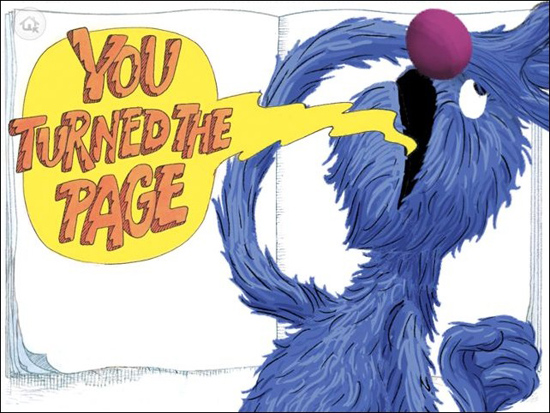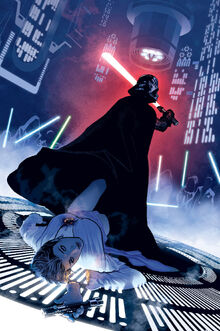Molding Your Idea
Save The Cat! helps develop your idea into a workable (and successful) structure. Too many times we rush off on a writing project without giving the idea time to bloom. But Blake Snyder helps nail down those elusive thoughts into a coherant log line. From there he gives excellent advice on developing your ideas including the populating of your world with the right characters.
Once you've got a good idea for a log line, he gives advice on pitching to anybody and everybody. Not just publishers and producers, but actual people that might be interested in your story. He teaches you how to watch for the broken places in you pitch and how to tweak it.
 |
| Click to see the Inception beat sheet |
Probably the most important aspect of Save The Cat! is helping you develop your beats. Beats are all the great scenes you've been thinking of as you've fleshed out your story. Blake Snyder explains, using several examples, how to build the perfect story.
If you've ever wanted someone to explain why one film bombed and another was a runaway hit, here is where the magic happens. Blake points out the important parts of story and gives examples from films like Die Hard and Miss Congeniality to show how they got it right. Most importantly, he explains why every step is important.
You may be saying, 'But that just makes the same story over and over.' Au contraire, mon frère. Blake discusses how Hollywood makes stories the 'same but different' and teaches you how to do the same.
Visit Blake Snyder's website and download his free beat sheet outline. Keep in mind, the page count is for screenplays.
Don't Cross That Line
The last sections of the book discusses several rules you should avoid, or at the very least keep in mind, in your writing. Some of his examples were films I thought were awesome, but because of his explanation, I can see why they didn't do better at the all-important box office.
My favorite rule was the Double Mumbo Jumbo. This is a rule that says you should only have one piece of magic per film. When I went to Dave Farland's Death Camp, Dave was the first one to expain this rule to me. I was writing this nice little book about vampires, but I wanted to add werewolves. Dave said, 'nope.' When I asked him why, he said (and I hope I'm phrasing this right) that you can only use one fantastical element per story.
Why?
Because each time you add something extra, it weighs down your story and you lose a little bit of audience. Add another and you lose some more. Keep adding things and pretty soon your readership is an elite clique of friends who 'get' your witty style.
Summary
There are more tools in Blake Snyder's toolbox then I can talk about without printing Save The Cat! word for word. I'm not the first to give it a glowing review and I won't be the last. But believe me, I wish I'd listened to everyone else and got this book two years ago when I first heard about it. It would have saved me a lot of time dithering over my own story structure and trying to figure out what I was missing.
If you don't have it in your personal library, and you're any kind of a writer, get it. You'll be glad you did.
Other writing books I recommend:
Click Links to View
The Successful Novelist - David Morrell
Plot Vs. Character - Jeff Gerke
Characters & Viewpoint - Orson Scott Card
Book in a Month - Victoria Lynn Schmidt
Novelist's Essential Guide to Crafting Scenes - Raymond Obstfeld
Building Believable Characters - Marc McCutcheon




